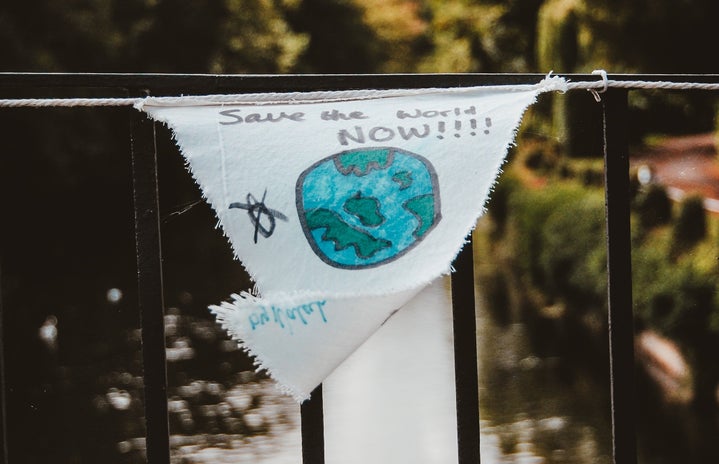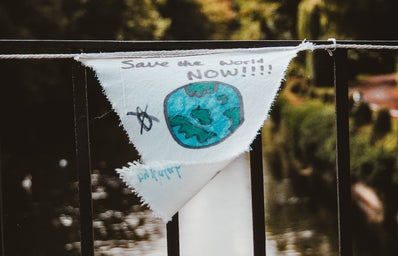On March 20th, 2018, the last male northern white rhinoceros, Sudan, died due to severe infections and other health problems. Today, only two other northern white rhinoceroses remain, both whom are female.
They are not the only ones who are facing the risk of extinction. According to the International Union for Conservation of Nature, there are over 16,000 species that are at risk. Yet, there are over 41,000 species who are under the IUCN’s Red List. The Red List is a framework that allows one to determine a species’ conservation status. There are seven different categories in which different species may be placed under. The different categories range from “Least Concern”, “Endangered”, “Extinct in the Wild”, and “Extinct.” The spread of invasive species, climate change, illegal wildlife trade, and habitat destruction are all major attributes to the threat that many species face.
Today, there are many species who silently continue to fall under the Endangered Species List. The giraffe was recently placed under the “vulnerable” category on the Red List due to its major decrease in population. Within the last thirty years, the giraffe population has shrunk nearly forty percent. Their decreasing population is traced back to major habitat loss, an increase in poaching, and disease. Other species such as the gorilla, the African Elephant, and the Sea Turtle have been placed under the Red List and are at serious risk for extinction.
Despite this troubling information, there are still many ways you can help save our wildlife:
Educate yourself.
Research what species that are local to your area are endangered. Being aware of a species’ risk is the first step towards helping to save them. By educating yourself and learning about a specific species, you are also capable of providing a safe environment for them.
Recycle and purchase sustainable items.
Avoid purchasing plastic by purchasing paper items. For example, plastic straws are commonly disposed of in an inappropriate manner. A lot of plastic waste ends up in oceans where marine life confuses it for food and ends up swallowing it, getting stuck within it, or choking on it.
Never purchase products that are produced from threatened or endangered species.
Avoid purchasing fur and animals skins, such as tiger fur and snake or crocodile skin. Also, souvenirs can sometimes be made with coral, ivory, or tortoise-shells. It’s crucial to be aware of what you are purchasing and consuming, and the way that it affects wildlife.
Donate!
There are many ways and different organizations that you can donate to in order to help conserve wildlife. For example, Ivory Ella, a trendy company that sells apparel with their signature elephant design, donates ten percent of their annual profit towards saving the elephants. The World Wide Fund for Nature also allows you to “adopt” an animal as symbolism of your aid in protecting a specific species and its habitat. Also, Lacoste, recently partnered with the International Union for Conservation of Nature by replacing their iconic crocodile logo with ten endangered species in order to create awareness and raise money for the Save our Species initiative.
Sources:
http://www.iucnredlist.org/initiatives/mammals/analysis/red-list-status
https://www.iucn.org/theme/species/about
https://www.nytimes.com/2018/03/20/science/rhino-sudan-extinct.html
http://www.endangeredearth.com
https://www.cbsnews.com/news/giraffes-at-risk-of-silent-extinction-biologists-warn/
http://www.endangered.org/10-easy-things-you-can-do-to-save-endangered-species/


